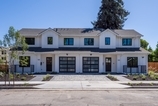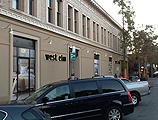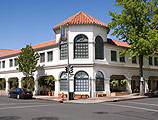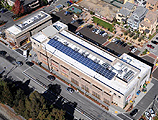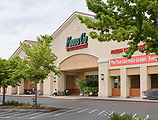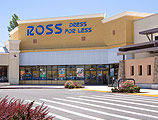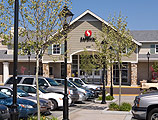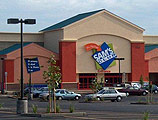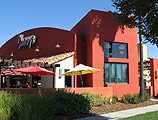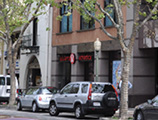Rather than another dreary epistle about San Francisco, this is a tale about the only law of economics worth knowing. But it’s set in the city. In 2006, my wife inherited 190 Hermann Street, a sunny, pleasant five-unit apartment building on Mint Hill. Then, weary of rent control’s slings and arrows, we were delighted to sell Hermann in 2014 for $3.7 million.
We supposed our buyer—a case-hardened pro with multiple properties—would recapture the building from our renegade tenants, jump the rents, and make a pile of money. Not what happened. As of this writing, Hermann is for sale for $3.6 million. Surprised at this apparent decline in value, I asked an apartment specialist whether this were a teaser price, set low to garner overbids. No. He opined it was the other way round, that Hermann is in fact overpriced. He believes that if it trades at all, it will be for about $2.6 million.
Whoa. A $1.1 million nosedive over ten years, a period during which inflation rose 33 percent. Shocked, I compared our ten-year-old sales flyer to today’s listing. Our annual gross rent was $233,000 in 2014. Today, it’s $234,000. Worse, our broker had then estimated Hermann’s market rent (that is, free of rent control) at $287,000 a year. Today that same estimate is $273,000, five percent less than it was ten years ago.
What scuttled Hermann? The expert blamed the doubling of interest rates, runaway operating expenses, and supply and demand. Rising interest rates and operating costs are not limited to San Francisco. Like flood waters across a plain, they affect every apartment building in the country, but they have nothing to do with a property’s gross income. Soaring costs hurt a property’s bottom line, not its rental rates.
It is economics’ version of the law of gravity—supply and demand—that sets rent. And that not only varies dramatically from city to city but from neighborhood to neighborhood. Nowhere is this more apparent than in San Francisco. When I was a kid searching for my first studio in the city, my boss told me to live north of California Street, insisting that the north side was prettier, safer, and had much more to do. He was prescient. The pandemic sank citywide rents by about 25 percent, according to some estimates, but the north side has fully recovered, with rents now back to pre-pandemic levels. The south is another story. The Haight, the Mission, Noe Valley, the Duboce Triangle, and poor Hermann remain down about 20 percent from their peak rents. Why? One good reason: remote work hit the south side harder than the north. Pre-pandemic, techies had flocked to the southerly neighborhoods because of their easier commute to Silicon Valley. Then, when their need to commute vanished, and they learned that Cow Hollow was suddenly as cheap as the Haight, many migrated north, leaving behind a stubborn vacancy rate that barred rent increases.
The city’s rent stagnation and plunging values may neatly illustrate economics’ first rule, but they are not unique to San Francisco. The CEO of a company that owns thousands of Silicon Valley apartments confirmed that their rents—after setting aside peaks and troughs—have been flat over the past eight years, exactly where they were in 2016. He blamed remote work and tech layoffs for the flat-lining.
It might be worth remembering how easy it is to ruffle a golden goose’s feathers, how even in California nothing dictates real estate’s upward trajectory, how bad government or even simple bad luck can wipe out fortunes, if not towns altogether. If San Francisco wishes to regain its former luster, its new mayor could do far worse than wooing business—take a page from Texas’s Chamber of Commerce playbook—and, if not the red carpet, roll out a welcome map to companies considering a move or a new satellite office.


